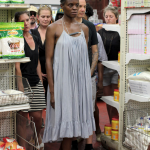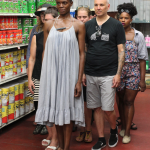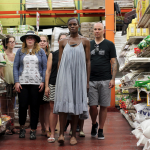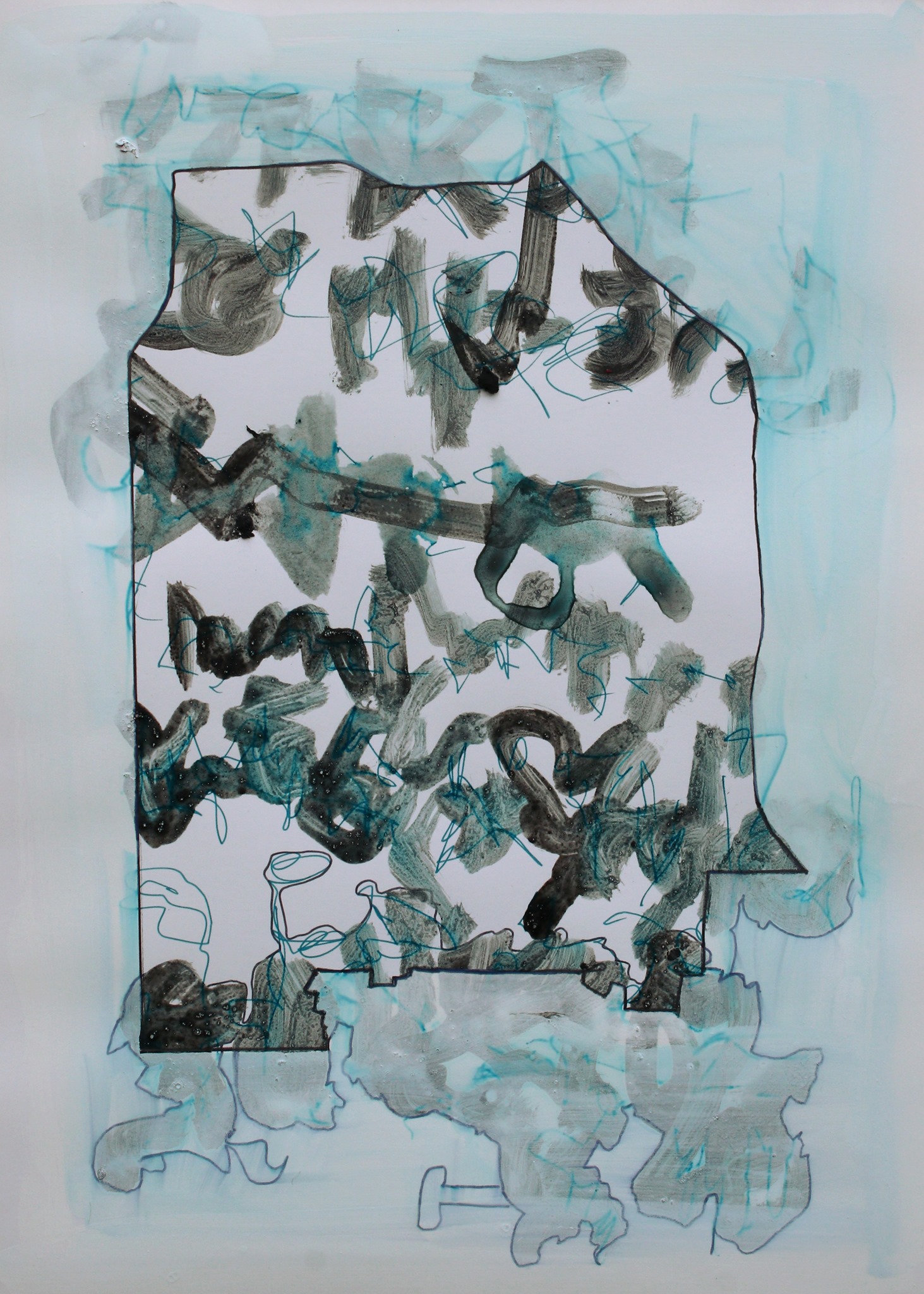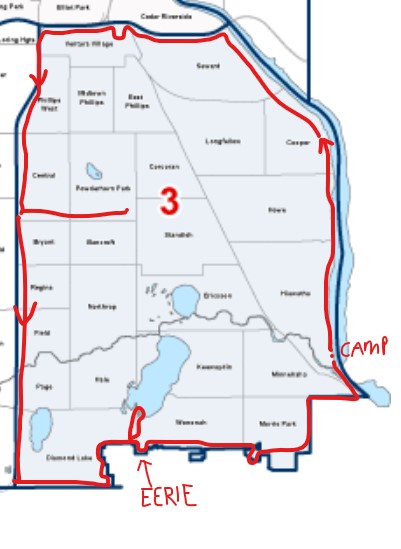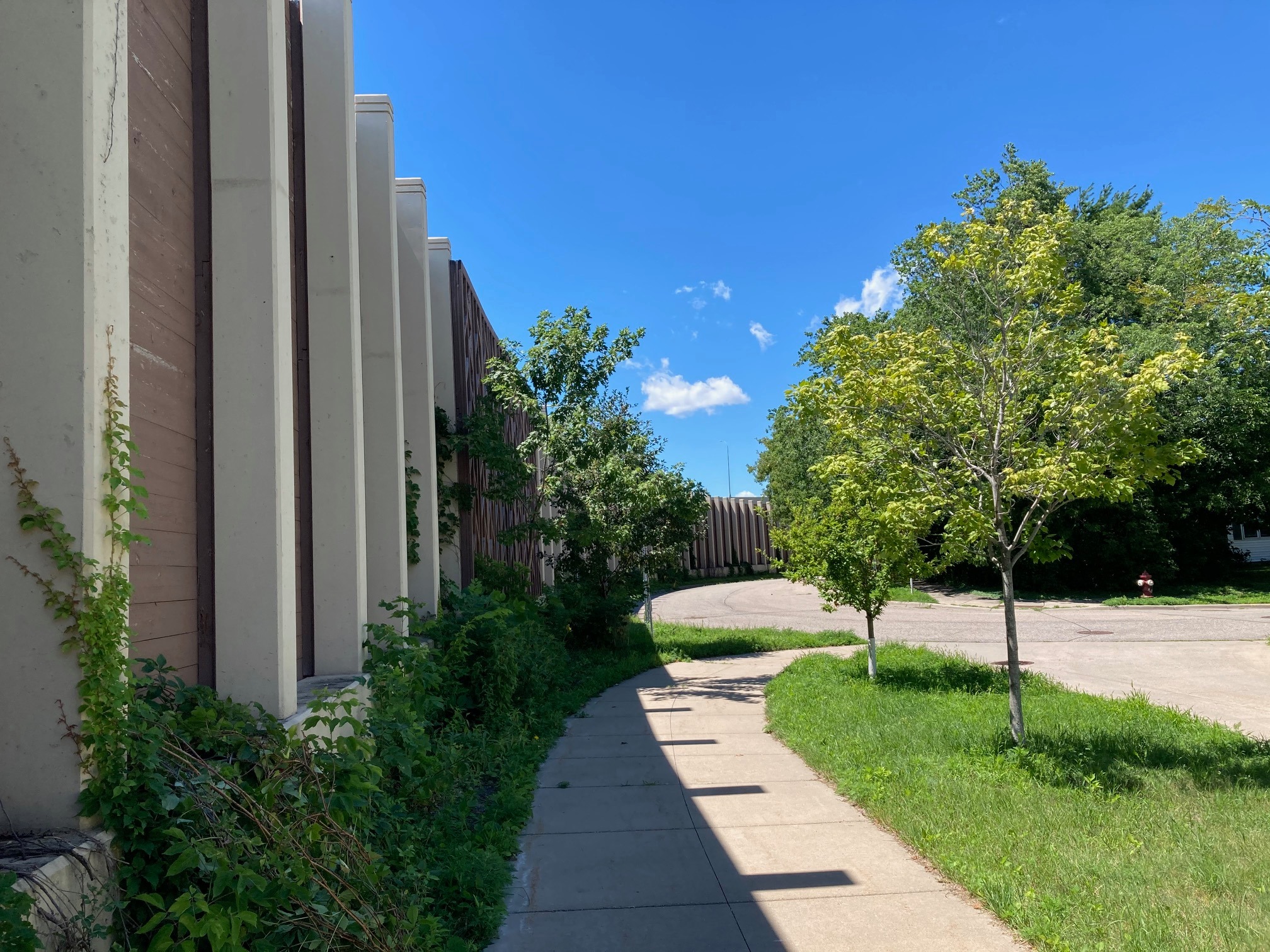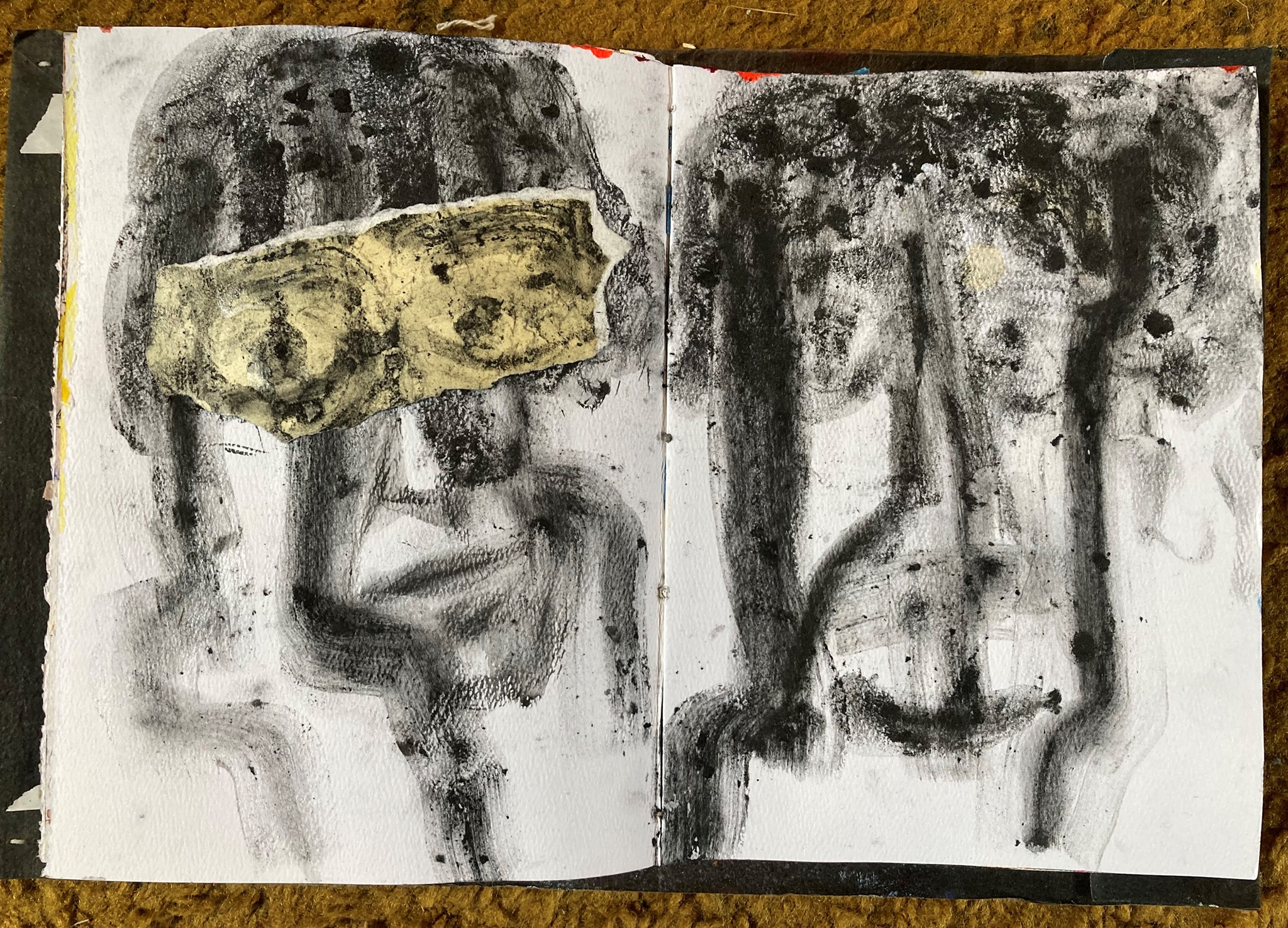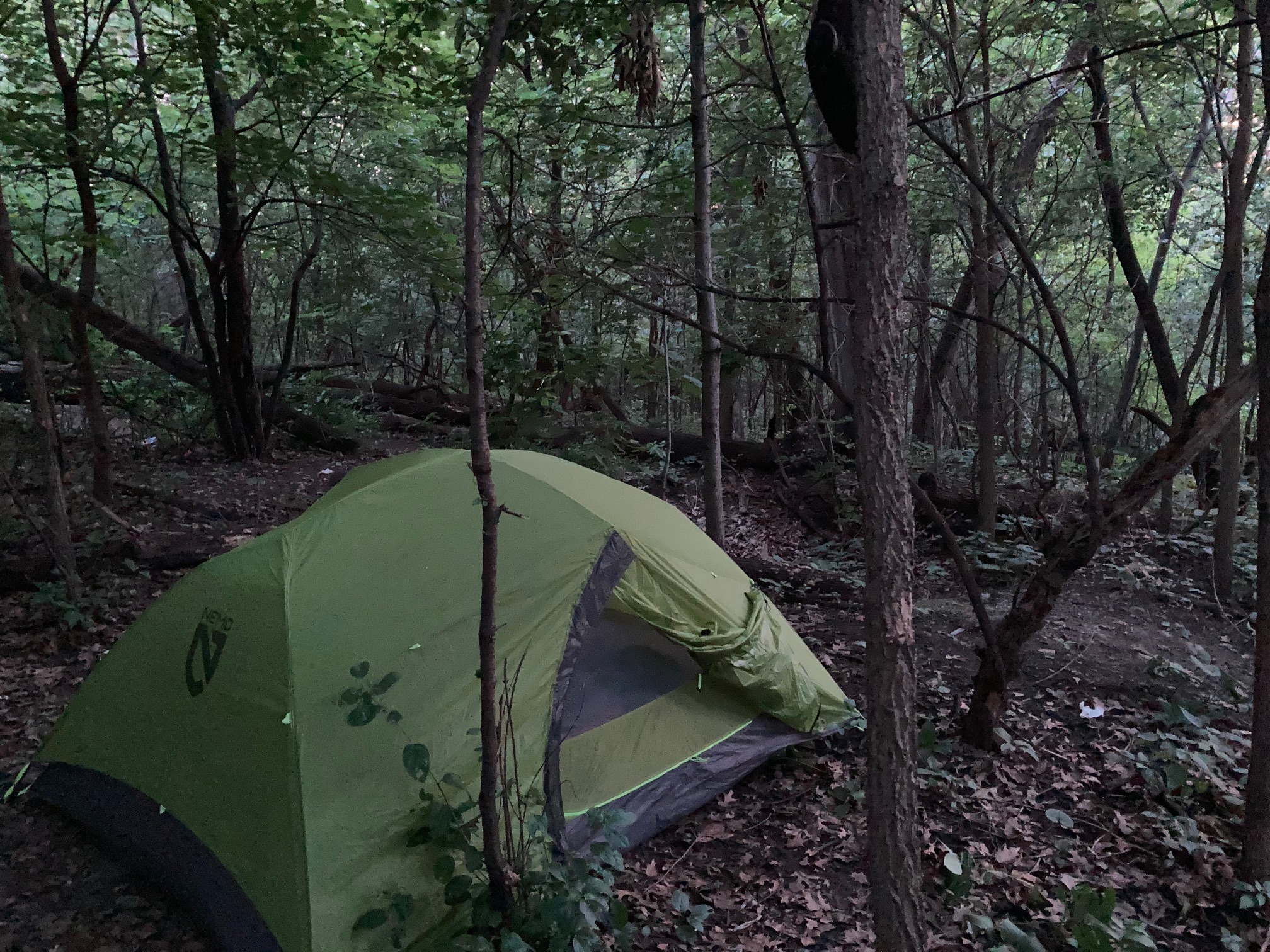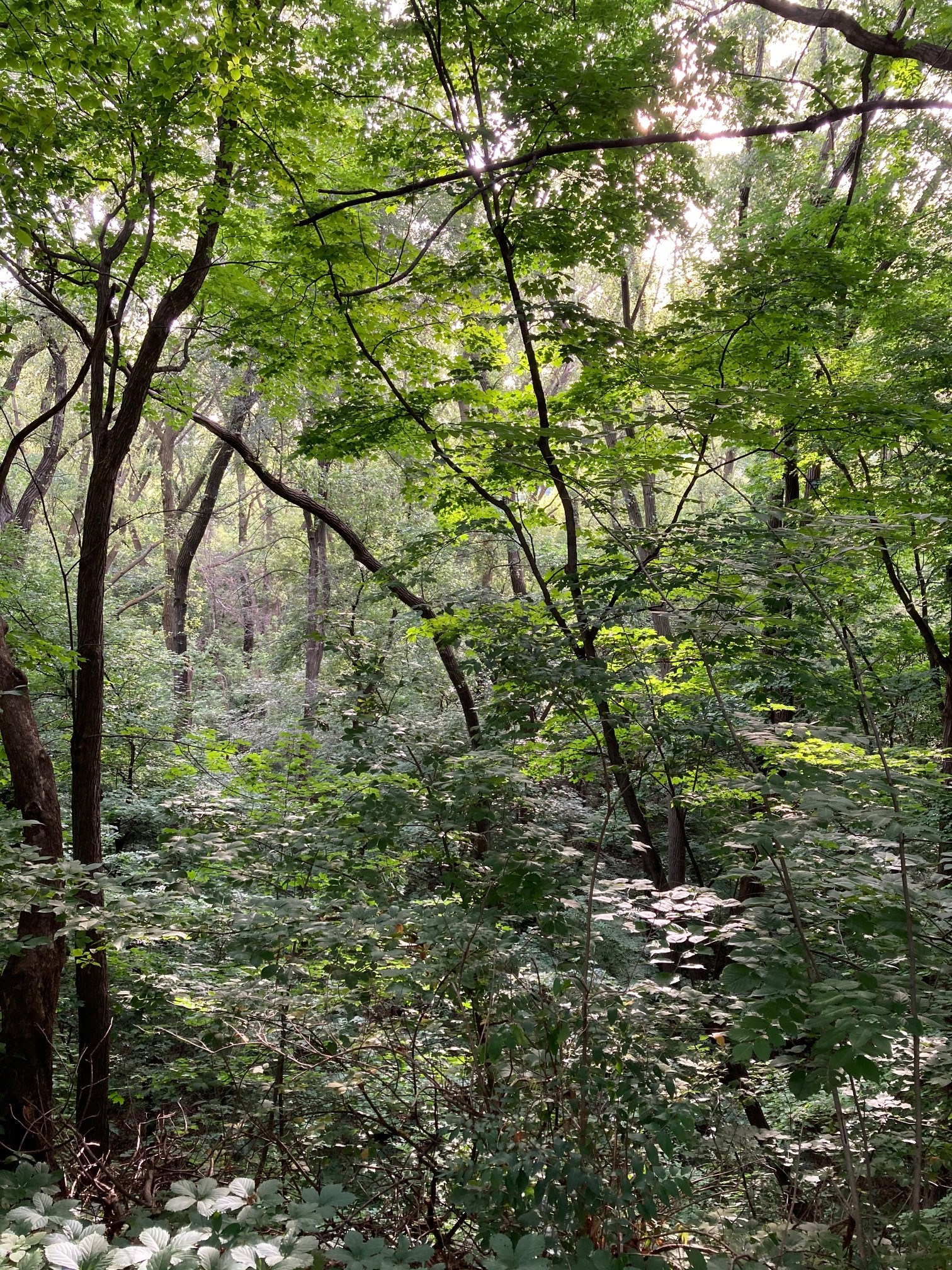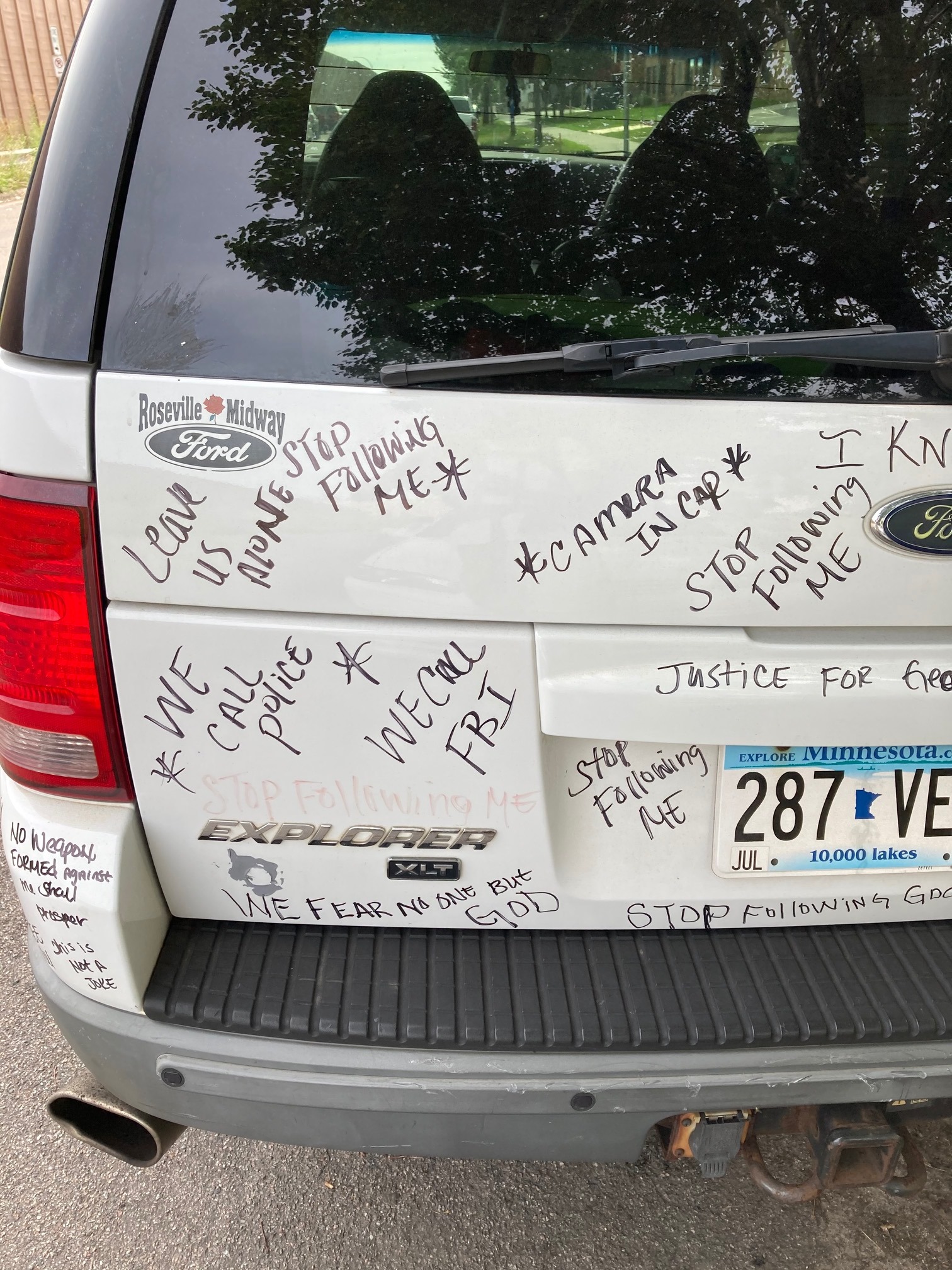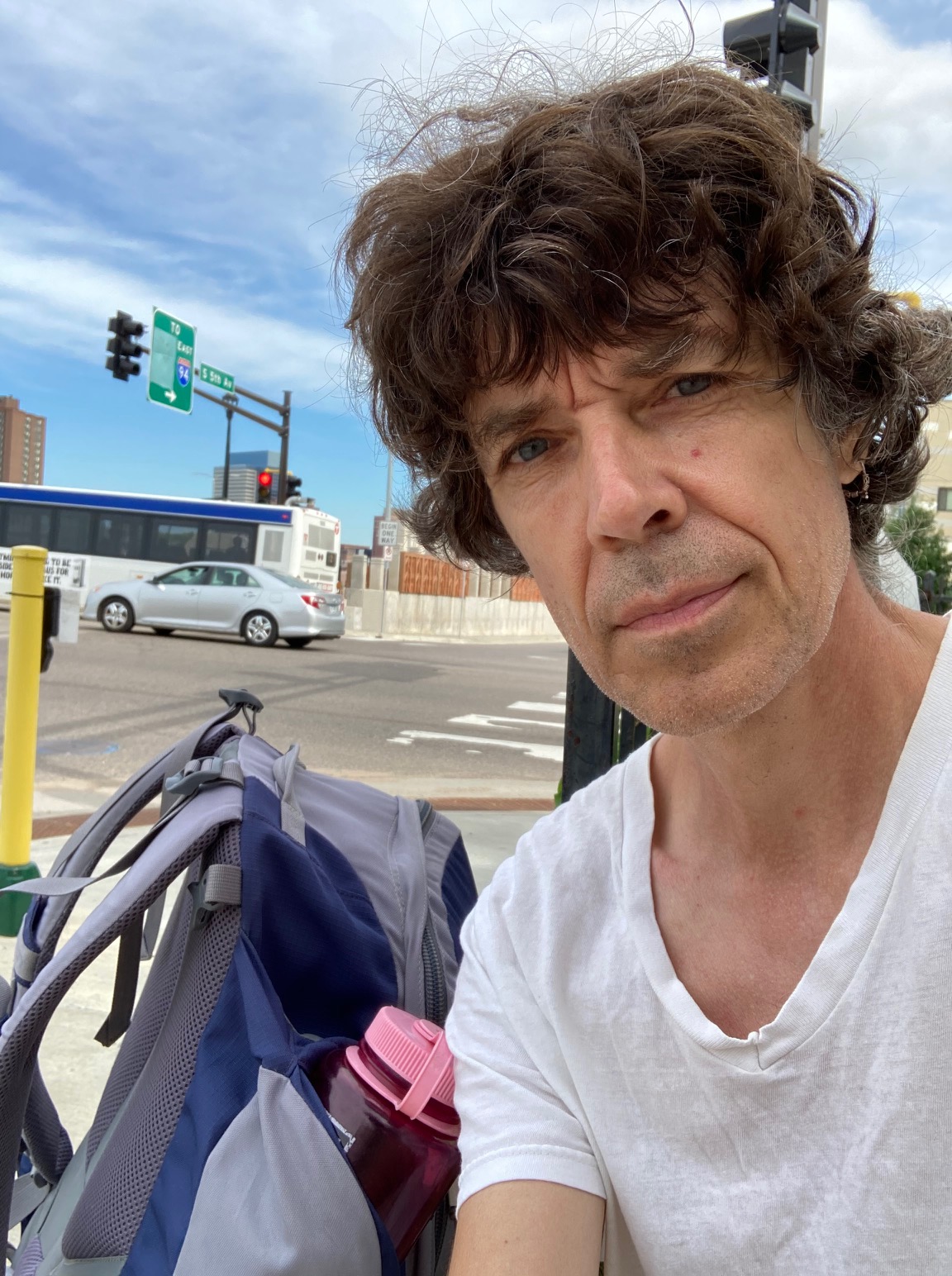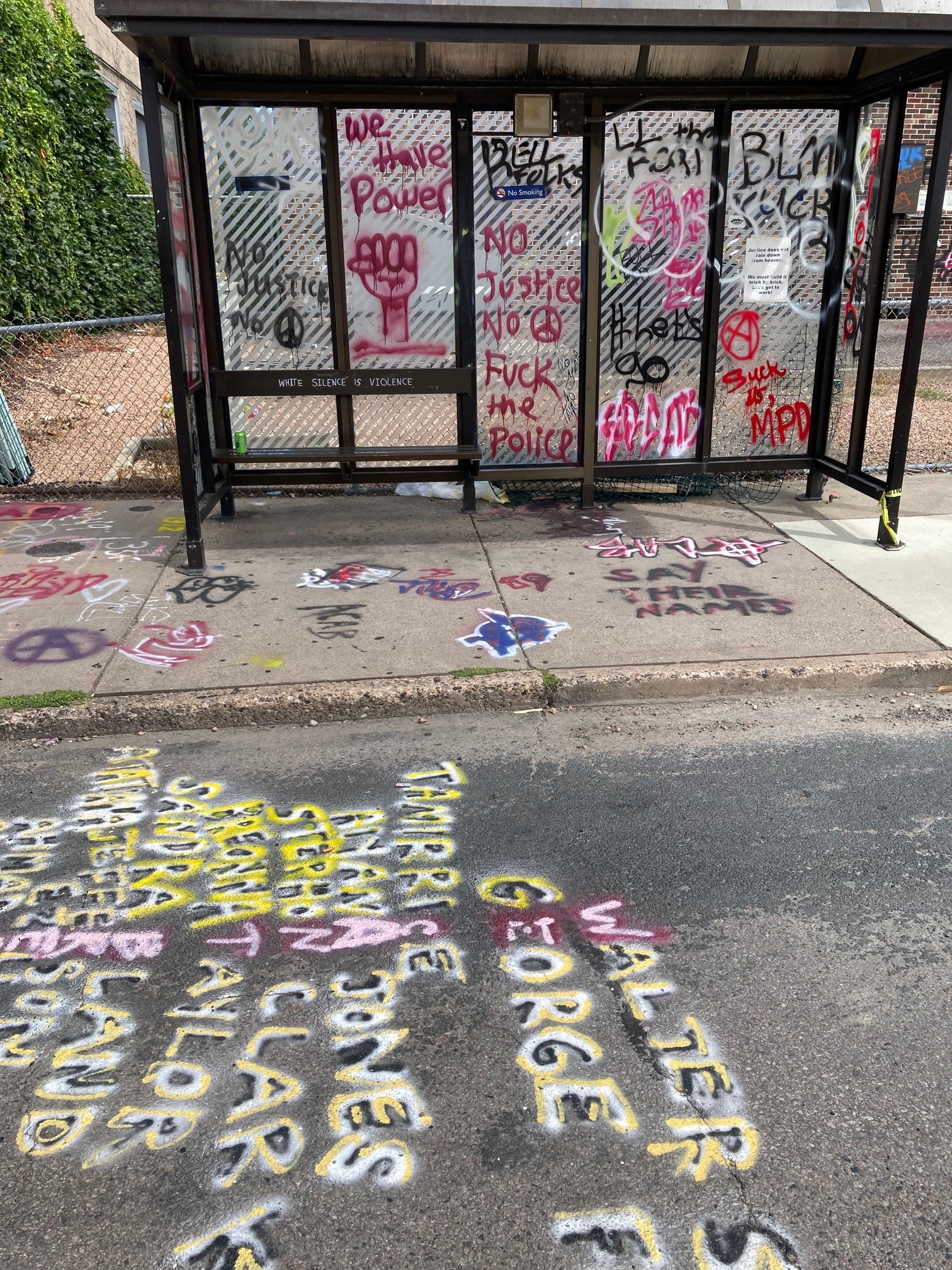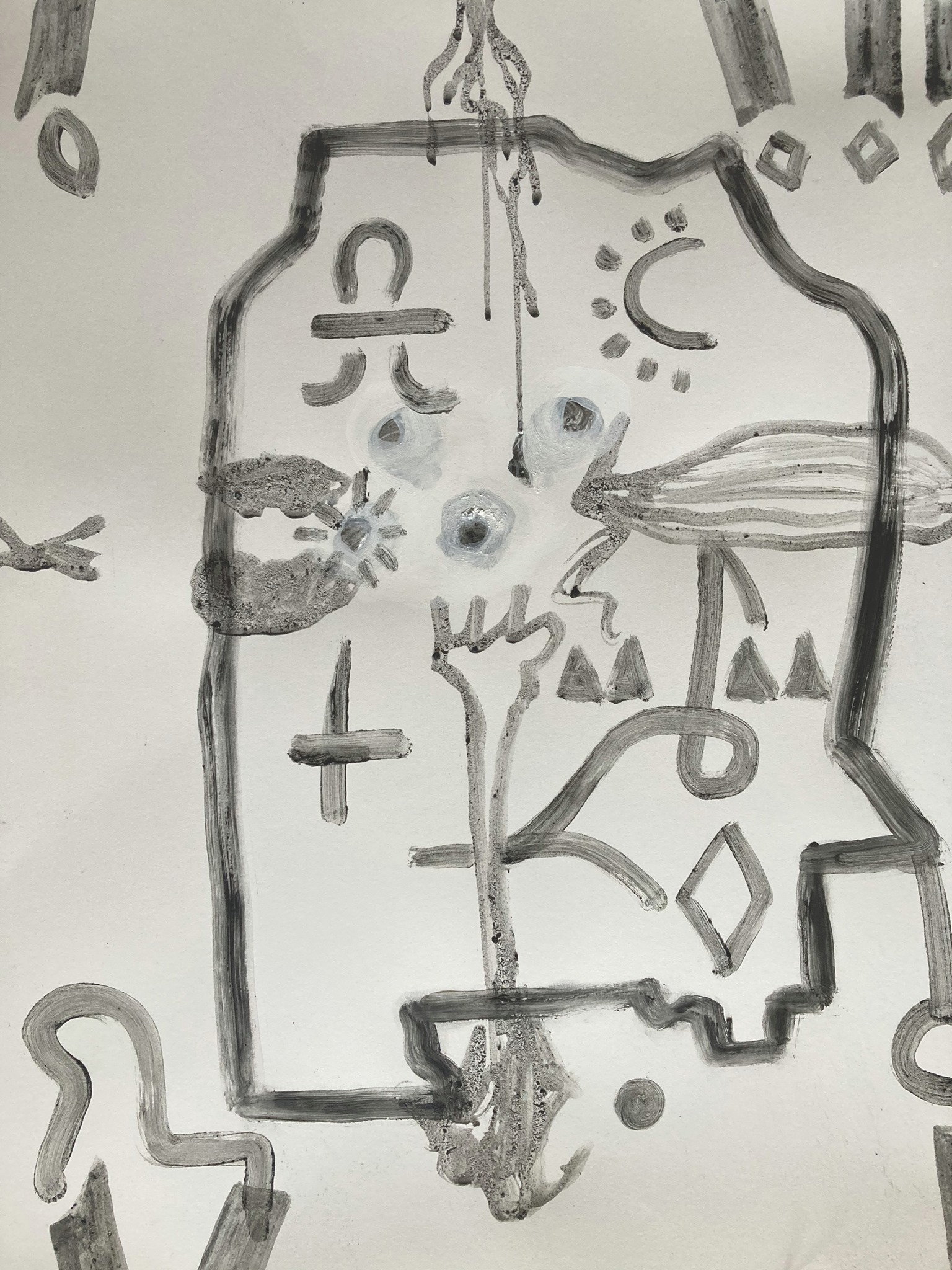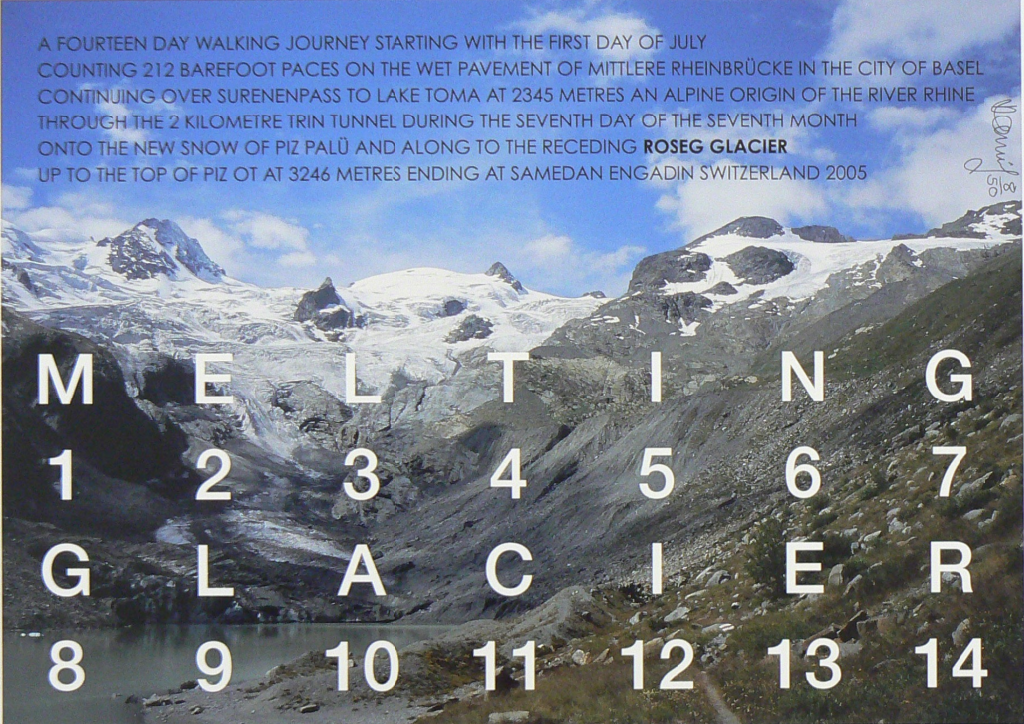[credit]
Okwui Okpokwasili led a 9-person walk that explored the making of an “embodied collective” in the charged landscape of the South Bronx. Facilitating a multi-sensory exchange with each other and the space, the group slowly walked through the Gold Coast Trading Company (an African market) and worked toward an expansive group practice of dynamic movement. No previous dance experience was required.
Click here to see photos from “Market Thrum.”
[credit]
” “It a people market!” a woman shouted as nine of us slowly followed Okwui Okpokwasili through Gold Coast Trading Company in the south Bronx.
She was telling us this wasn’t our market. It is a place where Africans shop, gather, and commune. It wasn’t our place to create art. One of our participants — an African American woman — tried to explain our mission. The woman disappeared and left us to our ritual.
Walls of Bounty, Ajax, Goya, and West African spices hovered over us as we weaved our way through the market’s maze. Prior to entering the market, Okpokwasili explained women would cleanse the roads to the market, and we were symbolically going to do the same at Gold Coast Trading Company. At a walking meditation pace, we moved together as much as a unit as we possibly could contain.
But what if a space and its owners do not want the roads to their market cleansed? What if they have a special place in their neighborhood in which Americans do not visit? As participants, we became performers for people who didn’t want a performance. They were confused, concerned. But we never felt unsafe.
One man, in a green cap with a red star, stopped and stared. He grinned, seemingly getting it, turned around, and headed down another isle.
But to other customers and employees, the ritual seemed sinister. Maybe it was a ceremony to bring bad juju. That’s what the market’s owner suggested to Okpokwasili after the walk as we stood outside and waited for her to finish negotiating with him.
Shalom said someone told him, “This is an African market. Not an American market.”
Outsider. Infiltrator. Other. For a change, I was placed in the uncomfortable position of feeling unwelcome.
Okpokwasili grew up in this neighborhood, and she wanted to share something from her childhood. The smells, the energy, the malts, and chin chin awakened a childlike joy in her. All she wanted to do was share a special experience in a special place with a small special group of people.
In the end, Elastic City decided it best not to return to the market and disturb them again. The remainder of Okpokwasili’s walks trekked through the Harlem Market.”
